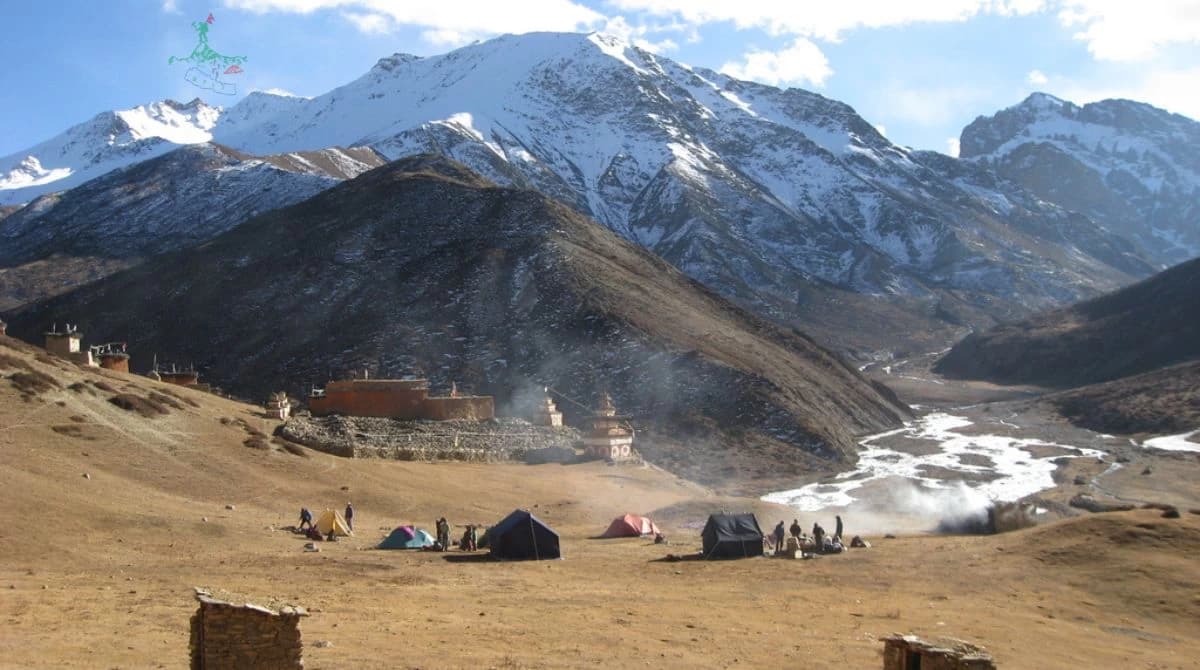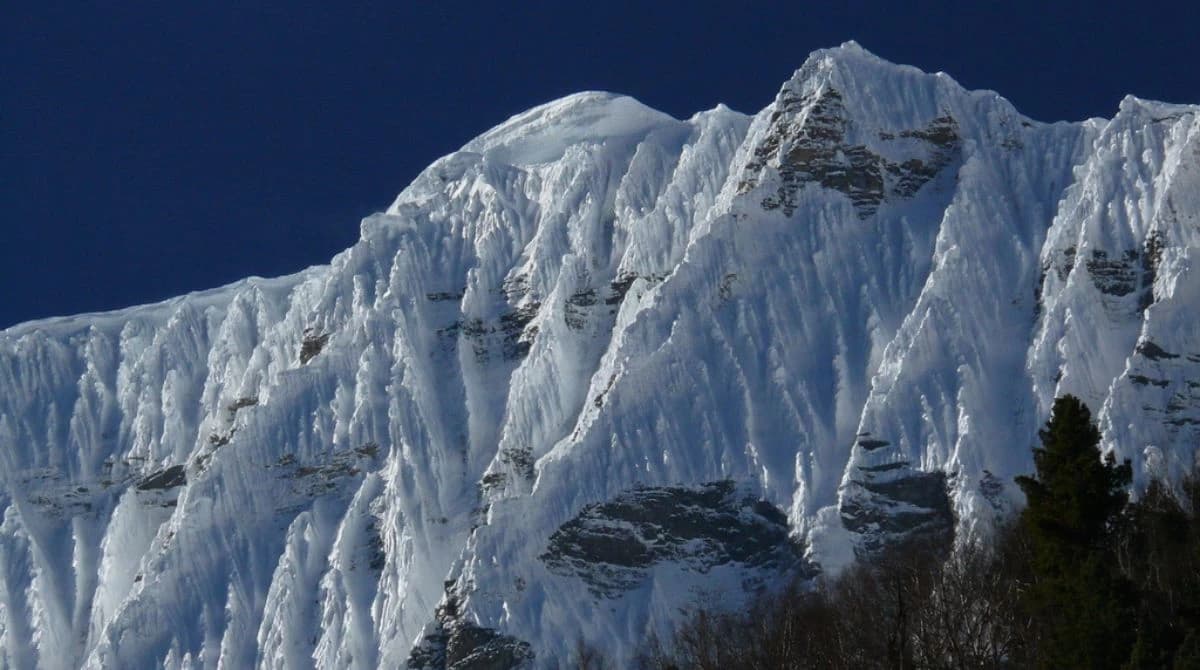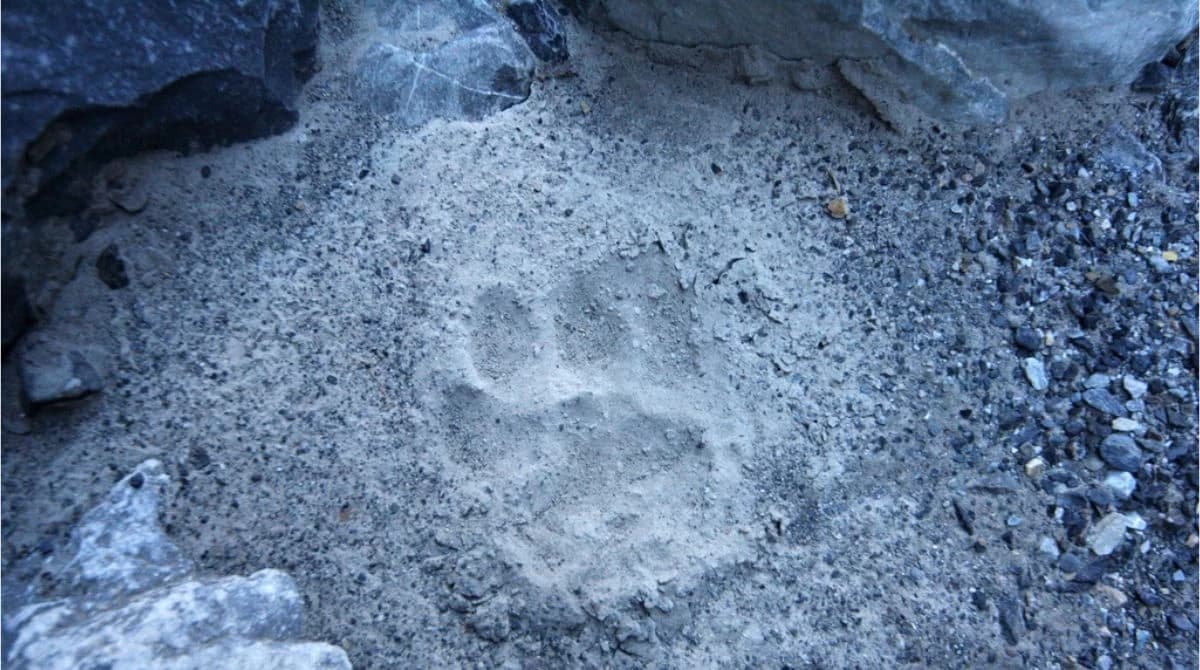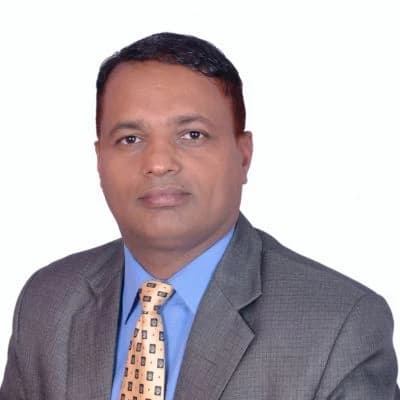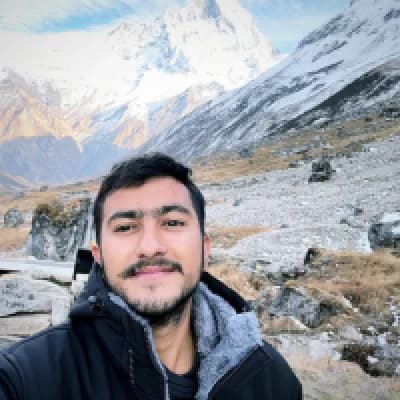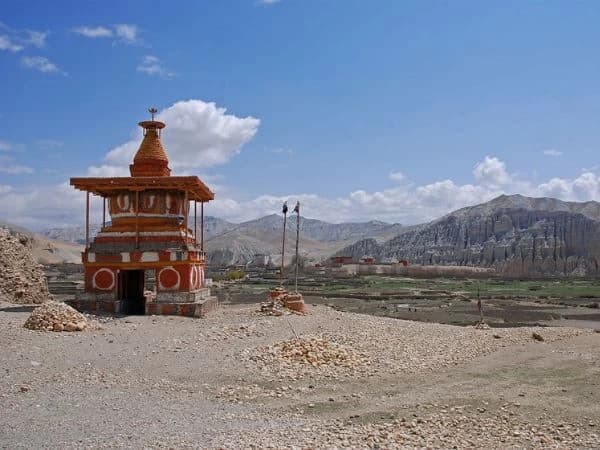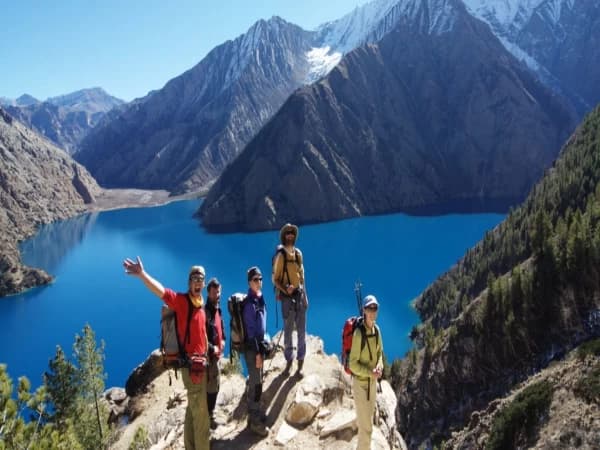Upper Dolpo Trek Overview
Upper Dolpo Trek is the Hidden Gem of the western Himalayas. Untouched Natural and cultural beauty, the Mystical Land of Dolpo, the old Bon Po religion, and Tibetan Buddhist Tradition, you can experience in this trek. This trek is challenging, we have to do Camping, the Upper Dolpo trek has very few teahouse facilities. Bon Po religion is mingled with Shamanistic influences, is an important part of life. This region is firmly tied to Tibet in terms of culture and economy. The Upper Dolpo trek was opened for trekking purposes in 1992. This trek can be organized Government government-registered trekking companies like Beyond the Limits Treks and Expedition. To do this, Treks requires a special permit from the government of Nepal's Department of Immigration. Shey Phoksundo National Park, the biggest national park of Nepal, is the central point of this trekking area. There you can explore various types of flora and fauna, wild animals and birds as well as medicinal herbs, including Yarsagumba. Along with the natural scenery, you can enjoy the panorama of the Himalayas like Mt. Sisne, API, Kanjirowa, Saipal, Dhaulagiri range, etc.
The Main Attraction of Upper Dolpa is Shey Gompa. It is known as the Sacred Crystal Monastery. This Monastery was founded in the 11th century. Shey Gompa is deeply associated with the teachings of Guru Rinpoche (Padmasambhava) and the ancient Kagyupa sect of Tibetan Buddhism. Shey Gompa has the Shey Festival, held every 12 years during the Tibetan Year of the Dragon.

The challenging Trek to Upper Dolpo begins from Juphal after the flight from Kathmandu via Nepalgunj. Now the roadway is connected to the district headquarters of Dolpa. This area has very limited flight service, and there is always a big chance of canceling the flight to Juphal, in this case,e you can Use the roadway to start your Trek. In this trek, you experience the pristine culture of rustic life, a wilderness of nature. To complete this trek, trekkers require strong physical fitness as well as they must be mentally prepared. In this trek you traverse through the dense forest, subtropical forest in the lowland to desert-like land in the upper area, Shey Phoksundo National Park, River valleys, a forest of rhododendrons, numerous villages, Monasteries, etc. in Shey Phoksundo National Park can see different rare wild animals like spotted leopard, blue sheep, Himalayan wolf, the Himalayan black deer etc. during the upper Dolpo trek you visit Charka Vote and Tarap Gaun which are the villages located in the highest altitude all around the world. The best season to go for upper Dolpo Trek is autumn and spring when the weather is clear and you can have a clear view of the mountains as well as the natural scenery.

